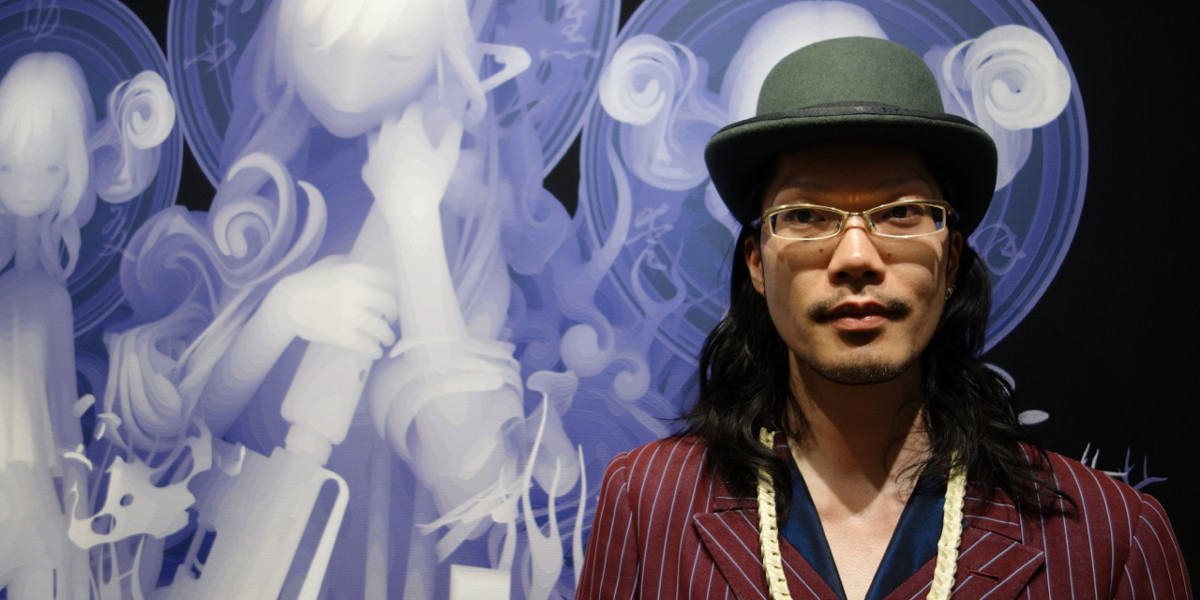Your Cart is Empty
Artists

Kazuki Takamatsu
Kazuki Takamatsu (born in Sendai, Japan in 1978-) is a CGI illustrator, and painter. A graduate of Tohoku University of Art and Design, he closely follows Japanese subcultures, drawing inspiration from the aesthetics of manga cartoons.
Takamatsu's surrealistic paintings feature ghostly, doll-like figures rendered in exquisite black-and-white line work. He blends digital rendering techniques with careful hand illustration, combining acrylic, gouache, and giclèe on a tarpaulin to create compositions that show young women in intimate poses.
Since 2013, he has been actively working abroad in the U.S., Italy, and other countries, and has been regularly featured in the wax blow magazines "Juxtapoz" and "Hi-Fructose".
He is currently based in Sendai, Japan. He has held over 200 exhibitions in 41 cities in 14 countries.
He is also a member of the Independent Art Association, a member of the Miyagi Prefecture Art Association, a part-time lecturer at Tohoku University of Art & Design, and a part-time lecturer at Joshibi University of Art & Design.
After graduating from university, Takamatsu refined his traditional painting style to create surprisingly profound paintings using only a black and white color palette. For Takamatsu, "black and white" symbolizes "good and evil" and "race and religion. The gradation-enhanced layers characteristic of Takamatsu's paintings express "distance," where "light and shadow" are indistinct.
He uses not only traditional painting techniques but also computer graphics, combining both traditional analog and contemporary digital techniques on a single canvas.
Takamatsu's work begins with computer shadow mapping. This is the same method used in many computer games and pre-renders to create pseudo-shadows in 3DCG.
In this way, every pixel drawn on the object displays a shade of gray in proportion to the viewer's distance, giving the object a somewhat holographic realism.
Once the computer graphics are completed on the PC, they are printed out with outdoor pigments on tarpaulin, a material used for tents and the like, in a zig-grain printing process. Then, acrylic paints mixed with opaque white pigments and watercolor pigments made of gum arabic are hand-colored on the material.
The inspiration for this combination of analog and digital was a special lecture given by Kunishi Kanai when he was a university student, in which he used computer graphics as a painting medium.
The resulting images have garnered him tens of thousands of fans on Instagram. First mapped out on a computer to achieve realistic shadows and depth, his figures probe human emotion while reflecting on modern societal conditions in Japan.His work creates beautiful hybrids of pain and hope, luring the viewer into a never-ending spiral of emotions.
Filter by
1 listings
Sort :

